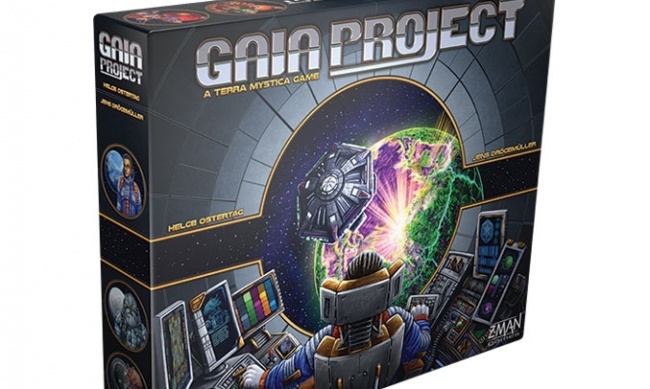

At the beginning of the game, terraforming is expensive and the range that players can travel to is limited to a single space, so to a certain extent, the early turns are spent building up some infrastructure. Briefly, each faction is looking to expand their influence onto the unoccupied planets across the galaxy by terraforming and building on them. Putting aside the fact that Gaia Project really just cares about points (which are gained through various methods during the game and then during an end game scoring phase,) we should talk about what you’ll actually do in the game. It’s a relatively simple thing to simply endure a three hour game of Gaia Project and reach the end, but it’s an entirely different prospect to choose a faction (from the fourteen fairly unique options), identify your optimal way of winning and then driving that plan to fruition – whilst at the same time handling the inevitable spanners thrown by your opponents. Gaia Project is, according to many, actually one of the heaviest and most complex modern board games to navigate, which is demonstrated by its Board Game Geek weight of around 4.30 (out of a possible 5.) This rating far exceeds the average for a typical eurogame and even other games that are considered heavy are considered as much as twenty five percent easier to pick up and run with.ĭespite this rating, Gaia Project isn’t actually that complex at a mechanical level, it simply asks an awful lot from the players in terms of foresight and planning, as well as moment to moment decision making.

Gaia Project, as the name suggests, focuses on the seeding and cultivation of perfectly habitable planets all over the galaxy.Īs always in a eurogame, what that really means is that the player who collects the most points in Gaia Project will win, although when I put it like that, it oversimplifies the scope and scale of this ambitious game by quite a long way. In 2017 though, designers Jens Drogemuller and Helge Ostertag teamed up again to iterate their original design and release Gaia Project, a more or less direct sequel (in a mechanical sense) to the original game, albeit set around an entirely different theme. Detailed instructions are included in the package.Re-implementations are common in the board gaming world, but with a game as classic as Terra Mystica, the decision to release a follow up must been a challenging one. The trays require assembly, which is quick and fun, using ordinary PVA glue. This product consists of a flat-pack of 6 Evacore sheets. With everything packed right the lid will close flush with the box. Lastly go the rulebook and scoring board. First go the faction boards, followed by the research board in it's wider recess holding it in place. The boards and rules go on top of the trays acting as a lid, allowing the game to be stored vertically. The card trays are sized to fit sleeved cards. Note that each type of token/tile has it's own slot to make access easier during game-play. These are the trays for the federation tokens and the standard tech and round booster tiles. Three similar sized trays also store the scoring tiles, the advanced tech tiles and the QI cubes. These can be used in-game to store the components not yet placed on the board.

Each faction has their own tray for it's pieces. These are held in place by the other trays around them. Note the space reserved on the left for the space sector tiles. With the top layer removed you can see the second layer of trays underneath. The rules and boards act as a lid on top of the trays. The trays can be utilised during the game, and they greatly aid set-up and clear-away times. The design provides both efficient storage and improved game play. This Campaign 3 insert is designed to be compatible with Gaia Project.


 0 kommentar(er)
0 kommentar(er)
